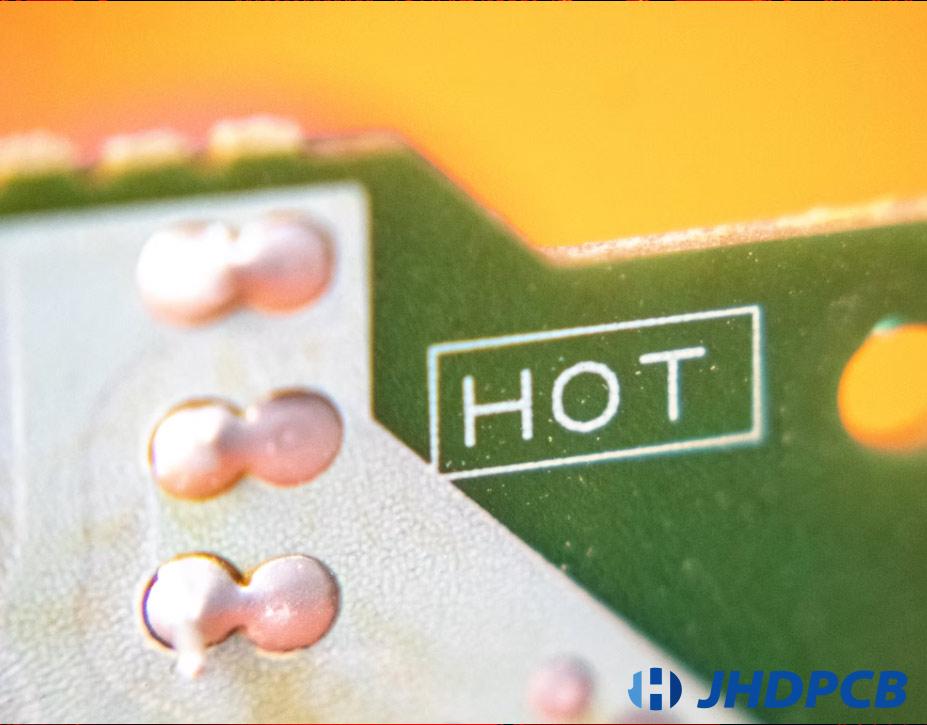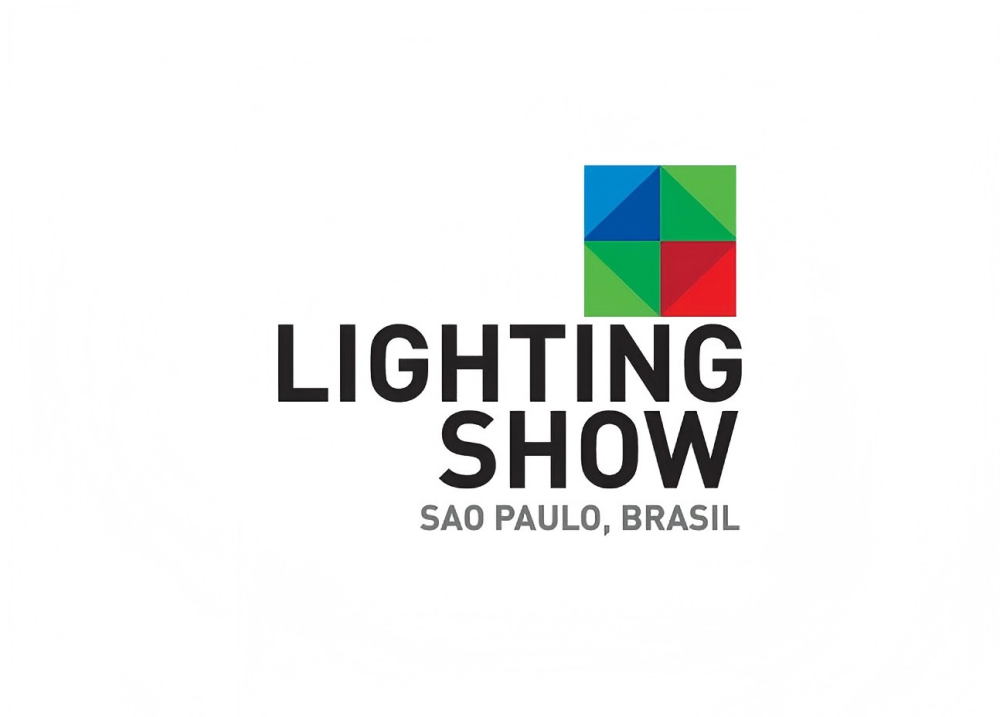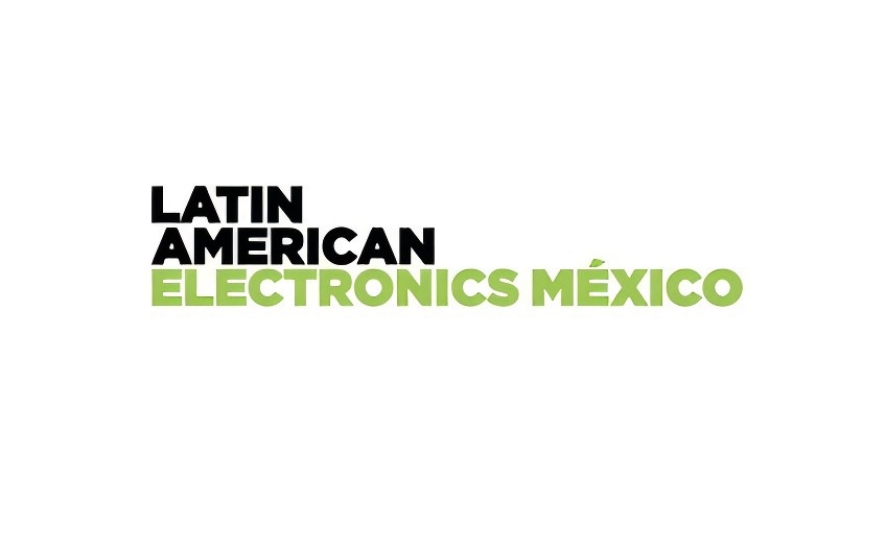The difference between PCB substrates
sales@jhdpcb.com
The copper clad laminate is the basic material in the circuit board production process. The reinforced material is impregnated with resin adhesive, dried, cut, and laminated to form a blank, and then covered with copper foil. The steel plate is used as a mold. It is subjected to high temperature in a hot press. It is made by high-pressure lamination. The copper clad laminate mainly plays the four major functions of conduction, insulation, support and transmission of signals. In addition, it also plays a role in heat conduction and flame retardancy. PCB is the core of electronic products, but the quality and price of raw materials are quite different. Today, I will take you to understand the difference between common raw materials of PCB base copper clad laminates.
If the copper clad laminate is classified according to the resin adhesive used in the board, it can be divided into paper-based CCI, glass fiber cloth-based CCL, composite-based CEM, and special material-based.
- Common types of paper-based CCI include phenolic resin (XPc, XxxPC, FR-1, FR-2, etc.), epoxy resin (FE-3) and other types.
- Common glass fiber cloth based CCL has epoxy resin (FR-4), which is currently the most widely used type.
- Common types of composite base CEM are CEM-1 and CEM-3.
For detailed substrate materials, please refer to “Introduction To The Material Properties Of PCB CCL“
In addition, unlike FR-1, FR-2, FR-4, FR-3 is a type between paper-based CCI and glass fiber cloth-based CCL. It is impregnated with epoxy resin and copper based on paper. The CEM-1 copper clad laminate is improved on the basis of FR-3, which is why CEM is a composite base type.For more information on the types of JHDPCB copper clad laminates, please refer to our CCL Classification method and quality standard.
The following mainly describes the FR-4 and CEM types.
FR-4 Copper Clad Laminate: FR-4 is the abbreviation of Glass Fiber Epoxy Copper Clad Laminate. It is a kind of flame-retardant substrate with epoxy resin as adhesive and electronic grade glass fiber cloth as reinforcement material. FR-4 sheet has the characteristics of high strength, good heat resistance, good dielectric properties, and through-hole metallization. It realizes electrical conduction between the conductive layers of double-sided and multi-layer circuit boards, so it is all covered Among the copper plates, it is the most widely used and the most used type. FR-4 sheet can be subdivided into different grades. Grade A sheet is widely used in military industry, communications, computers, digital circuits, industrial instrumentation, automotive circuits and other industrial electronics fields. The performance indicators of FR-4 sheet are all It can meet all the needs of general industrial electronic products.
CEM-1 Copper Clad Laminate: CEM-1 is made by impregnating a paper base with epoxy resin, then laminating a layer of glass fiber cloth on both sides, and laminating with copper foil by hot pressing. CEM-1 is more structurally than FR-3 With two layers of glass fiber cloth, CEM-1 has better mechanical strength, moisture, flatness, heat resistance, electrical properties and other comprehensive properties than paper-based CCL. CEM-1 can therefore be used to make PCBs with high frequency characteristics, such as TV tuners, power switches, ultrasonic equipment, computer power supplies, and keyboards. It can also be used for TVs, tape recorders, radios, electronic equipment meters, and office automation. Equipment, etc. All in all, CEM-1 is an ideal replacement product for FR-3.
CEM-3 Copper Clad Laminate: CEM-3 is improved from FR-4. In the structure, glass felt (also called non-woven fabric) is impregnated with epoxy resin, glass fiber cloth is laminated on both sides, and then combined with copper foil. Compression molding made. The difference between it and FR-4 is that CEM-3 uses glass mat to replace most of the glass fiber cloth, which increases the degree of “cutting” in terms of mechanical properties. CEM-3 is usually directly made into double-sided copper clad laminates. Because glass mat is structurally looser than glass fiber, its processing convenience is higher than FR-4 in the drilling process, and it is also better than FR-4 in punching processing. The disadvantage of CEM-3 compared to FR-4 is that the thickness and accuracy of CEM-3 are not as good as FR4. After PCB soldering, its distortion is higher than FR-4.
Special material base types include BT, PI, PPO, MS, etc. In addition to classification according to the resin adhesive used on the board, there are also many classification methods for copper clad laminates, such as classification by flame retardant properties, and copper clad laminates. Two types of boards are flame-retardant (UL94-V0, UL94-V1) and non-flame-retardant (UL94-HB); the process of key bonding is divided into two types: direct bonding method and adhesive lamination bonding method.
The performance of the raw material of the board directly affects the application effect of PCB. For example, FR-4 board, although its price is the most expensive, but its performance is also the best, so FR-4 can be widely used in high-end products and multi-layer board markets. If the board is cut corners and shoddy, it will directly lead to the instability of the circuit board and affect the service life and safety of the product. Click “What Is CCL? And Classification Methods.” to learn more about CCL knowledge.
Understanding the raw materials of PCB is an important reference for users to choose PCB factories. Only high-quality plate types can meet the requirements of higher product performance. This is why JHDPCB strongly recommends the use of Class A plates (FR-4, CEM-1) reason.









